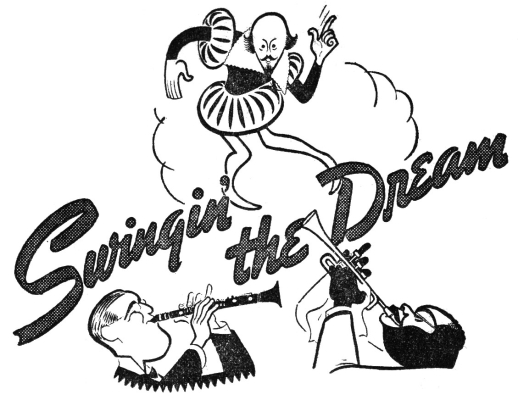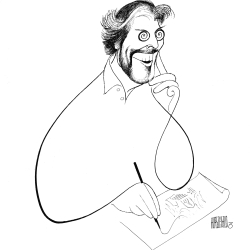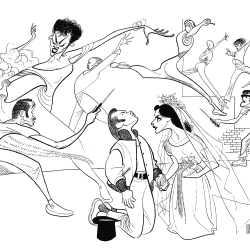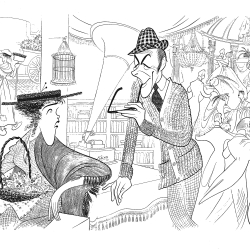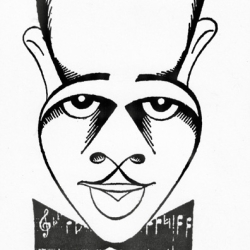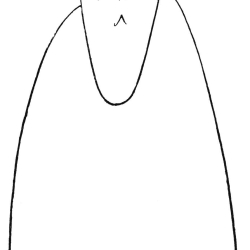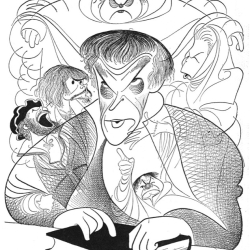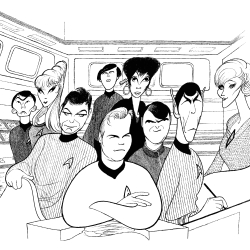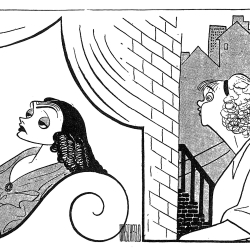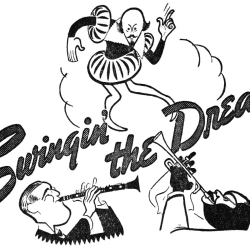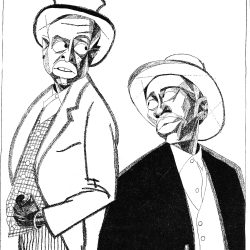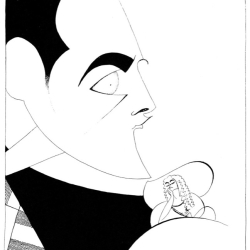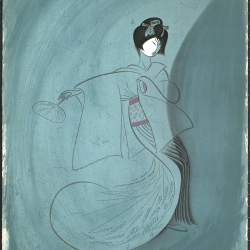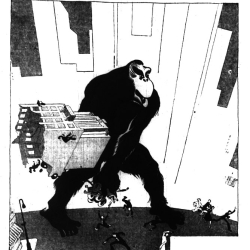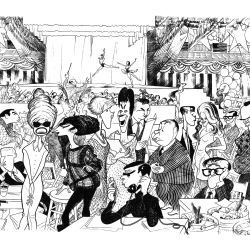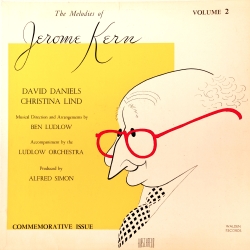The Dream That Got Away
“Somehow, I suspect that if Shakespeare were alive today, he might be a jazz fan himself.”
This November 29th marks the 76th anniversary of what should have been a memorable, sure-fire hit on Broadway. Swingin’ the Dream opened at the Center Theatre in 1939, ready to wow the audience. The show boasted a 50-piece orchestra, with Benny Goodman’s band on one side of the stage, and Bud Freeman’s band on the other. Walt Disney Productions gave special permission for their cartoons to be integrated into the set design. Agnes de Mille choreographed the dances, and Hirschfeld provided the advertising art that was featured on the playbill, as well as a drawing for the front page of the Times Drama Section.
Rodgers and Hart’s The Boys From Syracuse, 1938, marked the first musical adaptation of a Shakespeare play (Comedy of Errors). The show enjoyed great success. Adapting classics to popular music seemed to be a bankable proposition so in the spring of 1939, Gilbert and Sullivan received a swing makeover first with The Swing Mikado for The Federal Theatre Project in March, and then Mike Todd’s The Hot Mikado starring Bojangles in April. Both had all-black casts and were minor hits..
Producer Erik Charell was ready to take it one step further with Swingin’ the Dream. Based on A Midsummer Night's Dream, the show places Shakespeare in a decidedly modern atmosphere with an all-African American cast. The musical was set in New Orleans, “the Athens of the Southland,” in 1890, “at the birth of swing.” “To get historical perspective on swing,” wrote the Times, “forget West Fifty-Second Street. Go back some forty-five years to the New Orleans of the carnival balls, parades, street dances, cabarets, saloons and assorted dives.”
The cast featured Louis Armstrong as Bottom, Maxine Sullivan as Titania, Butterfly McQueen played Puck, (two weeks later she would appear on movie screens across the country as Prissy in Gone with the Wind). Despite everything that the show had going right, it closed after only 13 performances, losing an estimated $100,000. The production seemed to have “too much Shakespeare and not enough hot music,” says theatre professor Dr. Fran Teague of the Univeristy of Georgia, a Shakespeare scholar who has studied the production.
After the show had closed, Charell failed to pay Hirschfeld for the advertising art. A lawyer friend of Hirschfeld convinced him to sue Charell in order to get payment. All of the instruments from the bands were impounded and delivered to Hirschfeld’s studio, including Armstrong’s trumpet. The debt was was soon settled and all instruments returned. The production’s legacy, beyond two wonderful Hirschfeld drawings, is Benny’s Goodman’s “Darn That Dream,” which has become a jazz standard.
Katherine Eastman
Archives Manager
